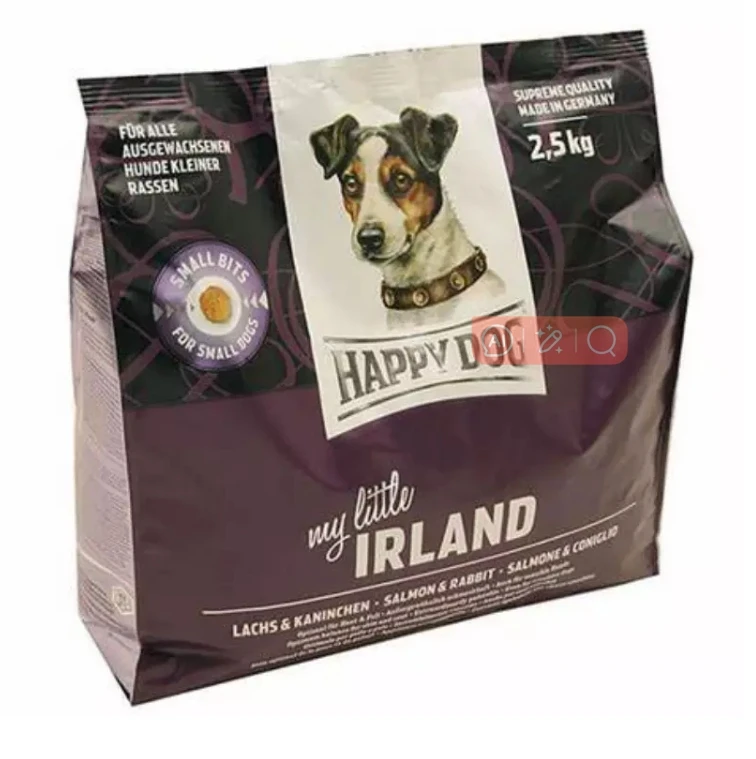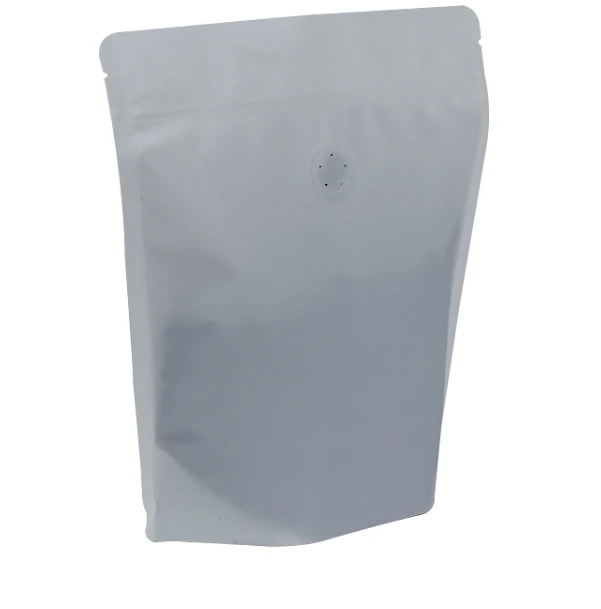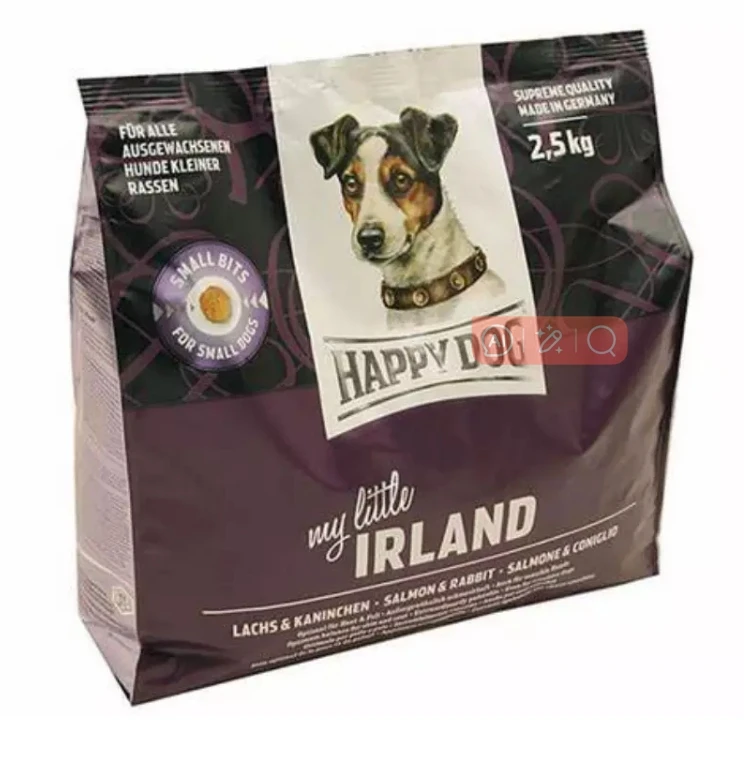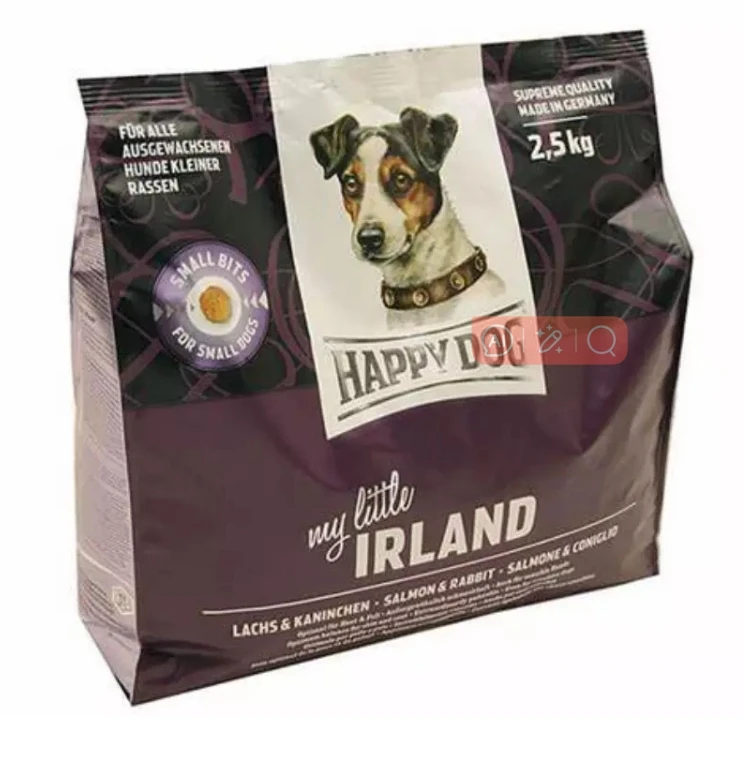- Afrikaans
- Albanian
- Amharic
- Arabic
- Armenian
- Azerbaijani
- Basque
- Belarusian
- Bengali
- Bosnian
- Bulgarian
- Catalan
- Cebuano
- chinese_simplified
- chinese_traditional
- Corsican
- Croatian
- Czech
- Danish
- Dutch
- English
- Esperanto
- Estonian
- Finnish
- French
- Frisian
- Galician
- Georgian
- German
- Greek
- Gujarati
- haitian_creole
- hausa
- hawaiian
- Hebrew
- Hindi
- Miao
- Hungarian
- Icelandic
- igbo
- Indonesian
- irish
- Italian
- Japanese
- Javanese
- Kannada
- kazakh
- Khmer
- Rwandese
- Korean
- Kurdish
- Kyrgyz
- Lao
- Latin
- Latvian
- Lithuanian
- Luxembourgish
- Macedonian
- Malgashi
- Malay
- Malayalam
- Maltese
- Maori
- Marathi
- Mongolian
- Myanmar
- Nepali
- Norwegian
- Norwegian
- Occitan
- Pashto
- Persian
- Polish
- Portuguese
- Punjabi
- Romanian
- Russian
- Samoan
- scottish-gaelic
- Serbian
- Sesotho
- Shona
- Sindhi
- Sinhala
- Slovak
- Slovenian
- Somali
- Spanish
- Sundanese
- Swahili
- Swedish
- Tagalog
- Tajik
- Tamil
- Tatar
- Telugu
- Thai
- Turkish
- Turkmen
- Ukrainian
- Urdu
- Uighur
- Uzbek
- Vietnamese
- Welsh
- Bantu
- Yiddish
- Yoruba
- Zulu
die cut materials
Understanding Die Cut Materials A Comprehensive Guide
Die cutting is a manufacturing process that allows the creation of custom shapes and designs from various materials using specialized tools. Derived from the term die, which refers to a specialized tool used to cut or shape materials, the die-cutting process has become an essential technique in industries such as packaging, textiles, printing, and crafting. In this article, we will explore the different types of die cut materials available, their applications, and the advantages of utilizing them.
What Are Die Cut Materials?
Die cut materials are sheets or rolls of materials that have been shaped or cut into specific designs using a die cutting machine. The die can be made from steel or other materials and is designed to cut through the selected substrates based on the desired shape. The versatility of die cut materials means they can be crafted from paper, cardstock, foam, rubber, fabric, and even plastic, making them suitable for a wide range of applications.
Types of Die Cut Materials
1. Paper and Cardstock These are among the most commonly used die cut materials. Available in various weights and finishes, paper and cardstock can be easily shaped into intricate designs for greeting cards, invitations, and promotional materials. The ability to print on these surfaces also adds to their versatility.
2. Foam Foam sheets are often used for three-dimensional projects because they add depth and texture. The lightweight nature of foam makes it ideal for crafts, model making, and even packaging that requires cushioning.
3. Fabric Die cutting fabric allows for clean edges and precise shapes, which is especially important in the textile industry for quilting, apparel manufacturing, and crafting. Fabrics like felt, cotton, and polyester can be cut into patterns and shapes quickly and accurately.
4. Plastic Plastic materials such as acrylic or polycarbonate can be die cut to create durable products like signage, displays, and custom packaging. This application requires more robust dies due to the toughness of the materials.
5. Rubber Die cut rubber is commonly used in industrial applications and for products like gaskets and seals. The precision of die cutting ensures that these components will fit perfectly in their respective applications.
Applications of Die Cut Materials
Die cut materials have a wide range of applications across multiple industries
die cut materials

- Packaging Custom-shaped packaging ensures that products are well-protected and aesthetically pleasing. Die cut boxes and inserts allow for efficient use of space and material.
- Crafting In the crafting community, die cut shapes enable creators to produce complex designs quickly. Scrapbooking, card making, and home décor projects often utilize die cut materials for embellishment.
- Advertising and Marketing Businesses use die cut materials to create attention-grabbing promotional items, banners, and signages. Unique shapes can set a brand apart from competitors.
- Education Educational materials, such as flashcards and interactive learning tools, benefit from die cut designs. These resources enhance engagement and understanding among students.
Advantages of Die Cut Materials
The advantages of using die cut materials are numerous
- Precision and Consistency Die cutting yields exact shapes every time, ensuring uniformity in products. This is particularly important for mass production.
- Time Efficiency The process of cutting materials using dies is significantly faster than manual cutting methods, which increases production speed and lowers labor costs.
- Reduction in Waste Dies are designed to optimize material usage, thereby minimizing waste during the cutting process. This is both environmentally friendly and cost-effective.
- Creative Possibilities The ability to customize shapes opens up endless possibilities for design, allowing businesses and craftsmen to experiment and innovate without limitation.
Conclusion
Die cut materials are an invaluable asset in various industries, offering precision, versatility, and efficiency. Whether for packaging, crafting, or industrial applications, the advantages of die cut materials make them a go-to choice for businesses and enthusiasts alike. As technology continues to evolve, the potential for die cut materials will only expand, further enhancing their significance in creative and manufacturing processes. Embracing die cutting can lead to greater productivity and innovative designs, making it an essential technique for anyone seeking to make an impact in their field.













